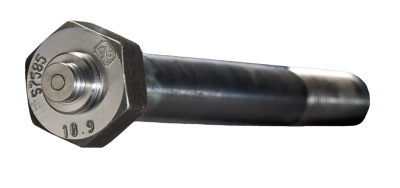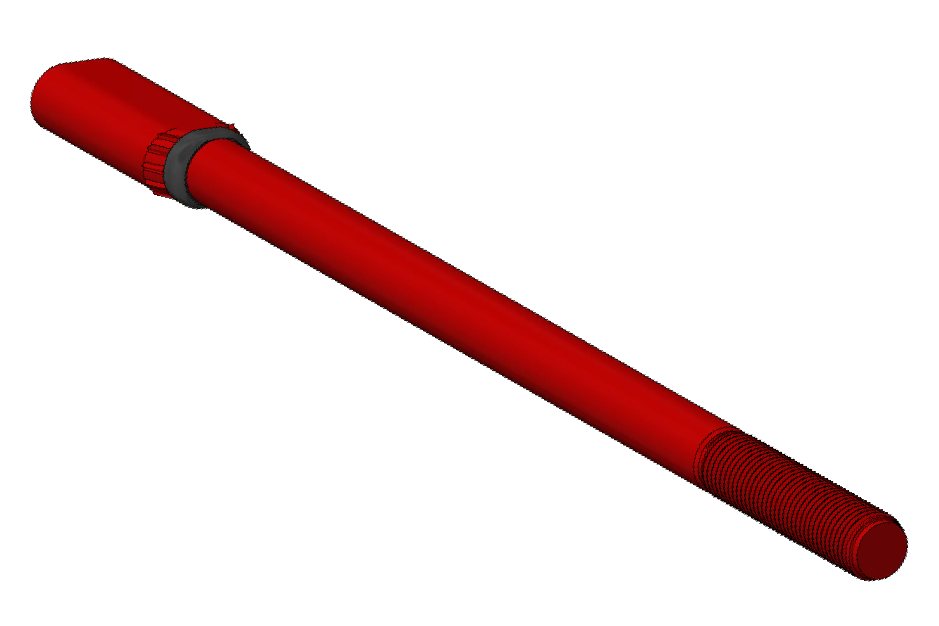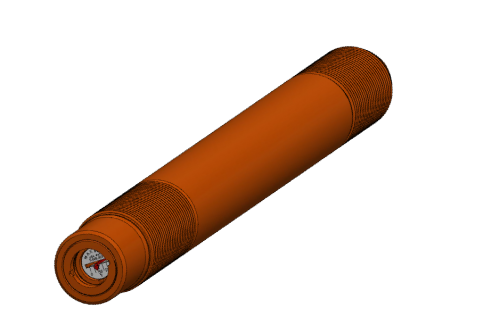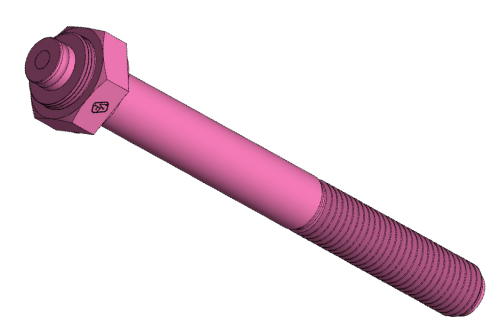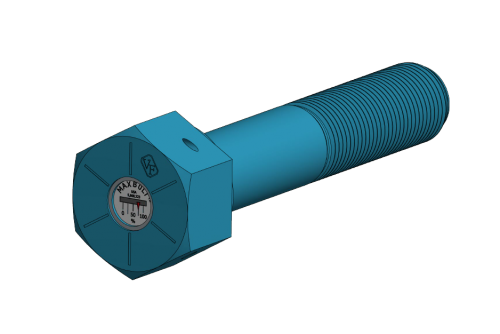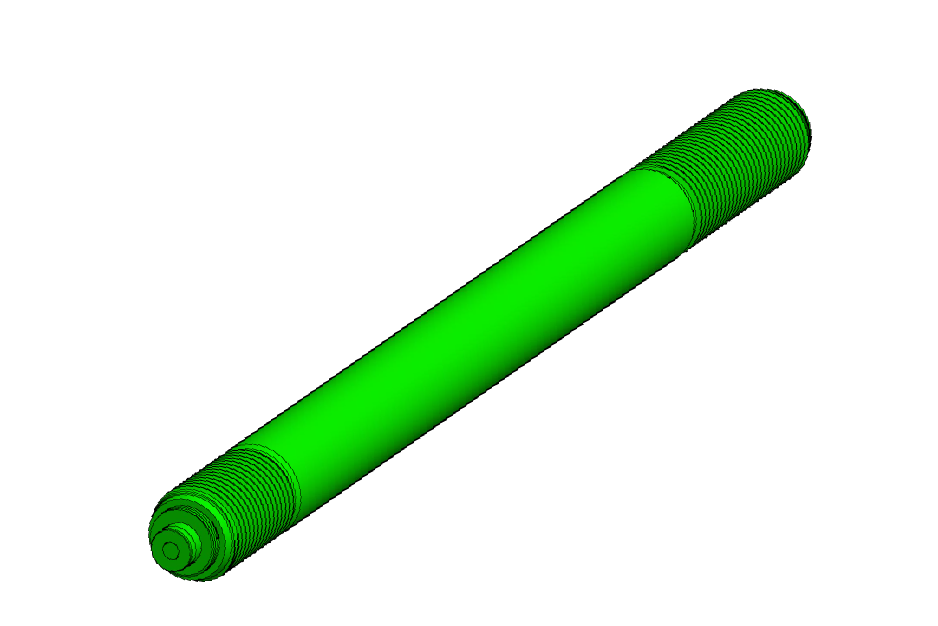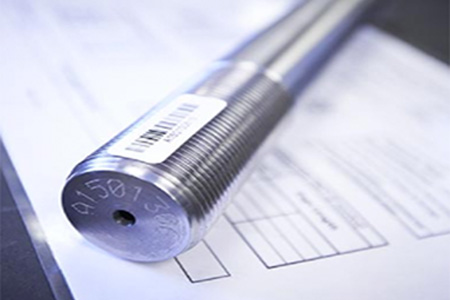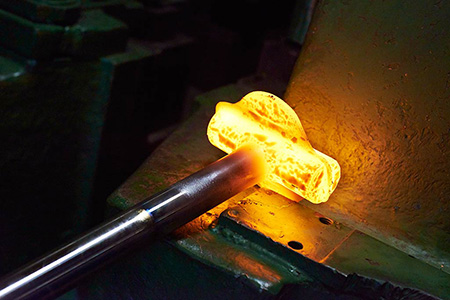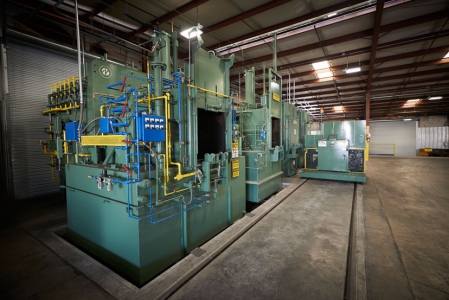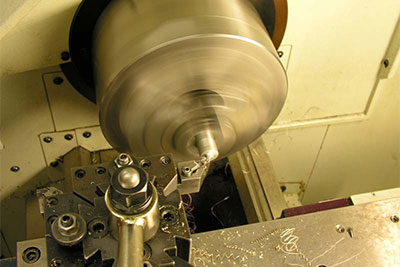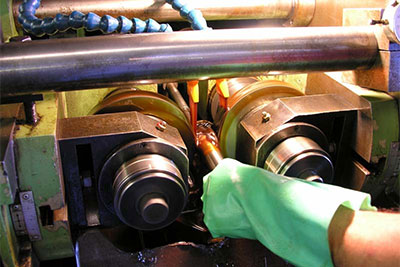By Ron Clark, President
I don’t know if our editor will print this. But she’s Canadian….
‘OSHA’ AHOY. Where were you when I never heard of you, and after I heard I wish I hadn’t?
Firsts of anything tend to stay in our memory forever. So let me bore you with an anecdote of mine. Way back in my misspent youth I ran away from my apprenticeship at India’s largest steam locomotive workshop in Jamalpur to join the ‘boats’. Boats was a word used by us apprentices to widely mean the then, merchant navy. Word was out that steam engineers were needed, adventure called and I answered with all the unspoiled naivety of a teenage idiot.
Calcutta was the port, the SS DUMOSA was the ship, and I was signed on as the extra 5th engineer. Old man Punchard who hired this skinny looking runt, must have been seeing double during our interview, but I prefer to think he foresaw the makings of a great engineer happening before his bleary eyes.
Young Sailor RonThe DUMOSA was an Aussie Tub with significant similarities to the ARK. It floated and was close to the same age. It had been bought by a group of Boorie’s and had “cargoed” (is that a word?), to Calcutta and if it survived the voyage, it was to proceed light ship to the port of Karachi, in the newly formed nation of Pakistan, to be broken up for scrap. Nobody told me about all this or that most of the crew had deserted at Calcutta when I signed the articles. Maybe Punchard was not so drunk after all. Looking back I think there must have been many no takers, who were better informed.
First working day loomed and it fell to me, the extra 5th to supervise the lascars unloading cargo at the lone steam winch on deck. I knew winches lifted things and I’d seen them on Hollywood, ship movies and stuff, but had never worked anywhere near one before. Undaunted by my supreme ignorance and with steam snorting and leaking everywhere, things went fine until they didn’t, and the dam winch went nuts. A shackle pin fell out of a lifting clevis and a bundle of something came apart and hit the deck from what seemed the height of Mount Everest. To put the chaos that ensued in nautical terms, after all I was a sailor now, buggers were running to port, starboard and all points of the compass to escape the rain of errant cargo with me in the vanguard. I make no apologies but at that tender age, self-preservation and visions of life after the winch came to the fore, and aren’t you glad I survived to tell the tale. Notwithstanding my winch crews best efforts to the contrary, there were no casualties, though is those days, who the hell was counting. Lots of glowering and not so nice comments for the winch crew even though we protested our part in the incident as being just collateral damage. I didn’t know it then, but I think we might have invented the phrase collateral damage that is so glibly thrown around by politicians today.
Somebody important, turned out to be a cabin boy, suggested the captain be informed of all disasters and other things. Someone else reminded him that, there was no captain. Seems like Captain Bratton, jolly old tar that he was, had sailed his last voyage on the SS DUMOSA. Passing into the ghost ocean a few days previous and a new captain was on his way. Also seems like the unfortunate chap lay dead in his cabin for awhile before being noticed and like all jolly captains had to be winched off the boat after great difficulty in getting his great size out the cabin door. I got this information on good authority and with great detail, because cabin boys know everything.
What has this got to do with bolting you say? And I say I’m getting to it, so give me a break. After sixty five years I think I’m still traumatized by almost being collateral damage at the incident of the winch.
I hadn’t met the Chief Engineer yet. My source, yup, the cabin boy informed me that his name was Reynolds, and that he was so old that he looked like he’d escaped before the embalming was completed. He also confided that he was irreverently called Rundu, behind his back when not politely addressed as Chief. The 3rd engineer arranges the day to day operation in the engine room and it was Ghose, a Bengali engineer, who finally appeared on the scene.
With all the bright minds around it wasn’t long to diagnose stripped threads with the nut falling of the end of the shackle pin. Of course, at that time, I didn’t know a shackle pin from the Queen Mary but I did recognize the problem with the threads. (Unknown to me I was already fulfilling Punchard’s bleary vision of greatness).
When it was discovered that there were no shackle spares on board and no way to procure the hardware without idling the winch for hours, Ghose, who was also newly signed, went ballistic, muttering all kinds of disbelief in Bengali, which is a very suitable language to express frustrations and can be easily mistaken for French after a few drinks. Somebody found the nut, no it wasn’t the cabin boy, but the ANSI standards committee would have had significant problems classifying the fit or lack thereof.
Enter Chief Reynolds. He had shuffled alongside unnoticed. One look at him confirmed the suspicions of the cabin boy. I later heard that he was an old man even before 1941 when he was sailing with Atlantic convoys in oil tankers. There were not many engineers with the courage to stay below in oil tanker engine rooms on U boat waters. Evidently Reynolds was one of them, a survivor and a legend in his time, but now a wizened up shaky old relic of the past, who wouldn’t leave the sea. Or so I thought in my young wisdom.
Ghose explains the situation to Reynolds who peers at the hardware using a magnifying glass. Ghose leaves but returns with a steel shim and a pair of tin snips. Reynolds surprises me by skillfully cutting and shaping a strip off the shim and then inserting it into the nut. Ghose then threads on the nut and, Voila! The remaining threads develop enough torque to permit the shackle to operate safely for a few hours. We cautiously begin unloading again. My crew are winching again but lascars maintain a safe distance.
So I put it to you my readers, if any, as a popular though never published author, was this my first bolting lesson or a larger one where the ends justifies the means or, always find a cabin boy for information because they know more than the NSA.
My shaving mirror frightens me every m orning because I’m starting to resemble Reynolds. But the final lesson for y’all out there is, never judge a book by its cover, because maybe, just maybe, Punchard was right.
For more on my voyage to Karachi check in on the next newsletter if Lana agrees to go to print, that is.

